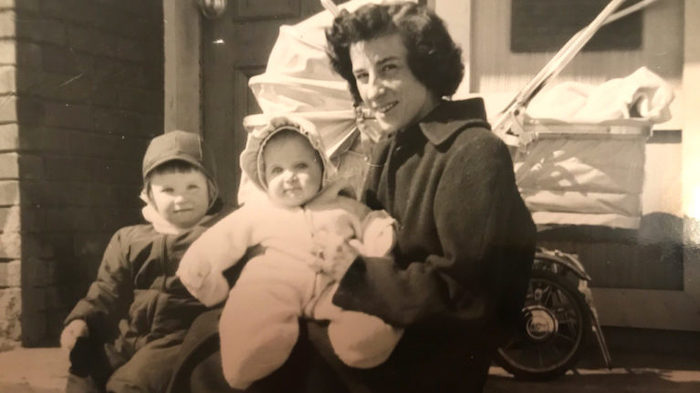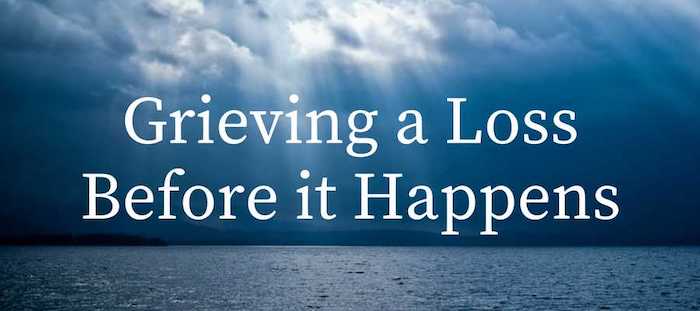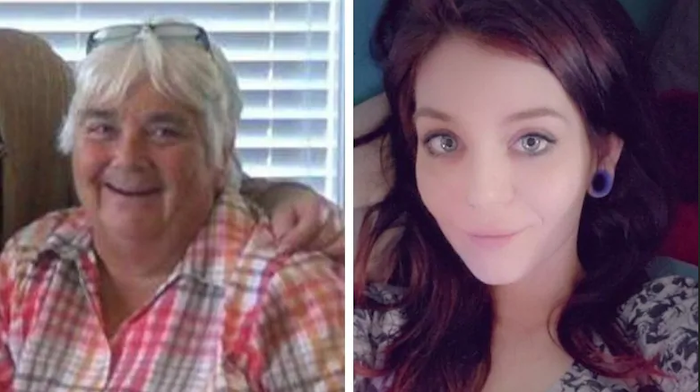Parents are facing difficult moments as children confront the death of a loved one, something they may not fully understand.

By Melinda Wenner Moyer
The coronavirus pandemic has taken more than a quarter of a million lives, many of them mothers, fathers, aunts, uncles and grandparents — adults who have left grieving children behind. Many more children will lose loved ones in the coming months. Here’s some guidance on how to talk to kids about illness and death, and how to support them when someone they love dies.
Be Honest
It can be hard to know how much to share with kids right now. We want to prepare them for what might happen, but we don’t want to needlessly terrify them. Still, if a family member or friend becomes seriously ill, it’s best to be honest about what’s going on, even if you don’t know exactly how things will play out, according to Joseph Primo, the chief executive of Good Grief, a New Jersey-based nonprofit that helps children deal with loss and grief. It’s a good idea, for instance, to tell your kids that grandma has the coronavirus and that even though lots of people are trying to help her, nobody knows whether she will get better.
This honesty might go against your protective instincts, but when we share our feelings and our vulnerability, it makes it easier for our kids to open up about what’s worrying them, and our honesty builds their trust, Primo said.
If someone close to your child is sick, it might also be wise to go over what your family is doing to stay safe, according to Robin Goodman, Ph.D., a certified trauma-focused cognitive behavior therapist based in New York. You might say, “‘That’s why we take care of you, that’s why you wash your hands, that’s why we’re careful when we go outside with a mask,’” Dr. Goodman said. Eileen Kennedy-Moore, Ph.D., a New Jersey-based clinical psychologist and author of “What’s My Child Thinking?,” also emphasized honesty — don’t lie by asserting that you’re all definitely going to be fine. “You can’t give any guarantees, but you can say, ‘my plan is to be around for a very long time,’” she said.
Explain Death
If a loved one dies, it’s best to avoid euphemisms, Primo said. If you tell children that grandpa’s just sleeping or he’s gone somewhere else, they might continue to believe that grandpa will come back or eventually wake up, and not process what happened. “When we try to protect kids by sugarcoating things and not giving them the real information, they end up constructing a narrative that is often far more scary than reality,” Primo said.
Dr. Goodman said that it was best to tell your kids that grandpa died, and then make sure they understand what death means. Tell them, “Once you die, you can’t come back, that your body doesn’t work anymore,” she said. It can help to differentiate what it means to be alive versus dead — to explain that people who are alive can watch TV, brush their teeth, eat and sleep, but that people who are dead cannot.
Correct Misconceptions
Children under 5 probably won’t be able to grasp the permanence of death. They may continue to ask when grandpa is coming back. That’s normal and age-appropriate; just patiently remind them that he died and is not coming back. “It doesn’t mean they’re avoiding it, denying it, not understanding it, it’s because that’s developmentally what they understand,” Dr. Goodman said.
It’s also common for children to worry that they caused a loved one’s death, Dr. Kennedy-Moore said. “The idea that terrible things can happen ‘just because’ is terrifying,” she said. “On some level, it’s painful — but less terrifying — to think that they did something to cause it.” To ease your child’s mind, Primo advises against chiding them or flat-out telling them they’re wrong. Doing so won’t change their mind — it’ll just make them feel like they can’t talk to you about it, he said.
Primo suggested that parents engage with the idea and ask the child why they feel responsible. You want to “explore the thought, keep providing facts delicately, and give them the space and time to process it,” he said. “The kid who gets onto the other side of this thought more quickly is going to be the one who was allowed to live with it for a little bit longer — and to dissect it and to realize, ‘oh, no, that wasn’t me, that’s not how this works.’”
It’s crucial to give your children the opportunity to talk about the death if they want to — and to gently help them understand what happened and why. Dr. Judith Cohen, M.D., a child and adolescent psychiatrist at the Drexel University College of Medicine and the medical director of the Allegheny General Hospital Center for Traumatic Stress in Children and Adolescents in Pittsburgh, witnessed her sister’s sudden death when she was 6, and no one engaged with her about it afterward. “I have a strong belief that when parents don’t talk about it, children develop negative beliefs about what they should have done, what they could have done, and why it happened. That can be very difficult, if not damaging, to their understanding of themselves and the world around them,” she said.
Share Coping Strategies
Funerals aren’t possible for many families right now, so it’s helpful to come up with other ways to remember and memorialize the person who has died. (If a funeral is taking place, you still might want to give your child the option of staying home — not all children like to attend funerals, and that’s OK, Dr. Goodman said.) Maybe you plant a tree in the backyard to remember them, bake their favorite bread, watch their favorite movie or make a special photo album.
Remember, too, that grief doesn’t follow a schedule. American culture expects people to mourn quickly — to cry at the funeral and then feel a sense of “closure” and move on — but these expectations aren’t particularly healthy or appropriate. “Ultimately, the purpose of mourning and memorializing is to foster an ongoing sense of connection with the person who died,” Primo said, and that means “we can memorialize and remember as often as we want.”
It’s also OK for your kids to see you feeling sad and to engage with them about your grief, according to Robyn Silverman, Ph.D., a child and teen development specialist who hosts the podcast “How To Talk To Your Kids About Anything.” “When you talk about your own feelings about anything, it opens the door for the child to talk about theirs — it gives them that permission,” she said.
If your children are having trouble talking about their feelings, Dr. Kennedy-Moore suggested getting out a pack of index cards and asking your child to help you brainstorm various emotions, writing one emotion down on each card (and making sure to include feelings like “sad” and “lonely.”) Then, ask your child to sort the cards into three piles: A “yes” pile (for feelings they’re feeling right now), a “no” pile (for feelings they aren’t experiencing), and a “maybe a little bit” pile. Then, ask them to go through each of the cards in the “yes” and “maybe a little bit” piles, pausing on each one to explain why they believe they are feeling that way. Dr. Kennedy-Moore said that parents should try not to “fix” their children’s feelings or talk them out of having them, but just to briefly acknowledge them. This approach encourages kids to name and engage with their emotions, which “makes those big, messy feelings seem more understandable, and therefore more manageable,” she said. (Sesame Street also has online resources to help children understand and talk about their emotions when they are grieving.)
Support Your Grieving Child
Children often grieve differently than adults — and on a different schedule. They might be upset for a few minutes, and then seem totally fine, and then a few hours later feel sad again. “They grieve deeply, but they don’t hold on to those feelings forever,” Dr. Cohen said. Also, kids may not mourn all that much after they have lost a relative they only rarely saw, and that’s fine. This doesn’t mean they didn’t love them.
If you sense that your child is doing things to avoid engaging with their grief — refusing to talk about grandma or the memories they have of her — “therapy can be helpful,” Dr. Cohen said. Reach out to your pediatrician, a child therapist or a grief counselor for recommendations.
Finally, grieving children can benefit from following a somewhat normal home routine, Dr. Goodman said. This can be tough during a pandemic and especially after a loved one dies — nothing is going to feel normal at that point — but a routine can provide children with a sense of control and reassurance that everything is going to be OK. It tells them that even though things are so very hard right now, life is going to go on.
Complete Article ↪HERE↩!






